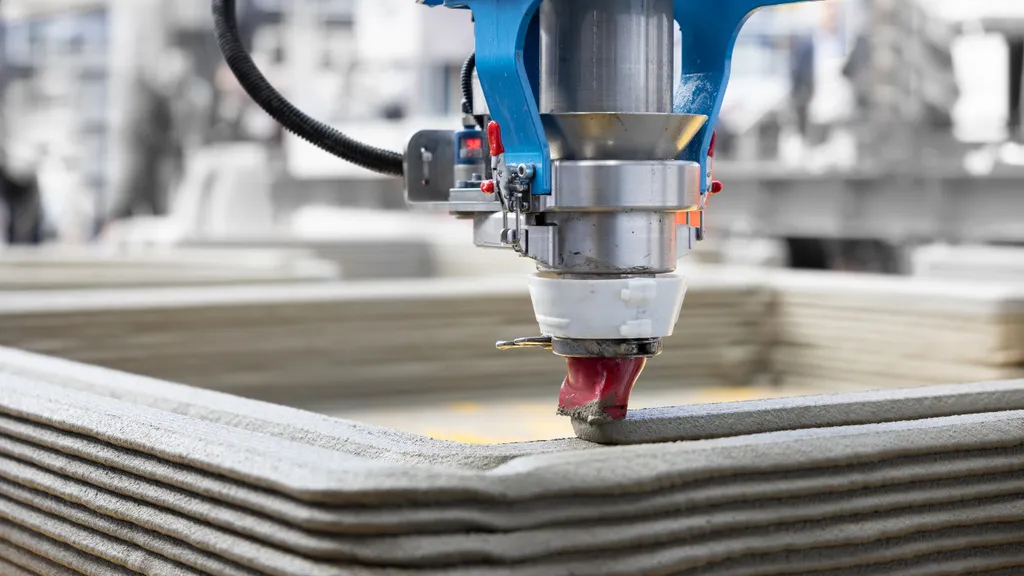In the quest for sustainable construction practices, researchers are increasingly turning to industrial byproducts to reduce waste and enhance resource efficiency. A recent study published in the journal *Нанотехнологии в строительстве* (Nanotechnologies in Construction) explores the potential of fly ash and slag waste from thermal power plants as partial substitutes for sand in fine-grained concrete mixtures designed for 3D printing. The research, led by Murat A. Rakhimov from Karaganda Technical University named after A. Saginov in Kazakhstan, offers promising insights into the future of sustainable construction and the energy sector.
The study addresses a critical challenge in sustainable construction: the management and recycling of fly ash and slag waste produced by thermal power plants. These byproducts, often considered environmental liabilities, could instead be valuable resources. “The idea is to transform waste into a useful component for construction, thereby reducing the environmental footprint of both the energy and construction sectors,” Rakhimov explains.
The research team developed concrete mix designs with varying proportions of fly ash and slag waste, replacing 25% and 50% of the conventional sand. The mixtures were tested for compressive strength, density, interlayer adhesion, and subjected to micro and nanostructural analysis. The results showed that while the 50% replacement mix exhibited reduced density and strength, the 25% replacement mix maintained satisfactory performance. “The 25% replacement mix demonstrated good shape stability and interlayer bonding, which are crucial for 3D printing applications,” Rakhimov notes.
The implications for the energy sector are significant. By incorporating fly ash and slag waste into construction materials, thermal power plants can reduce their environmental impact and potentially generate additional revenue streams. “This research opens up new possibilities for the energy sector to contribute to the circular economy,” Rakhimov says. “It’s a win-win situation where waste is repurposed, and the construction industry gains a more sustainable material.”
The study also highlights the importance of optimizing the composition and extrusion parameters for 3D printing. As the construction industry continues to adopt additive manufacturing technologies, the development of sustainable and high-performance materials will be crucial. “The future of construction lies in the integration of advanced technologies and sustainable practices,” Rakhimov concludes. “This research is a step towards achieving that goal.”
The findings of this study, published in *Нанотехнологии в строительстве*, provide a foundation for further exploration into the use of industrial byproducts in construction materials. As the demand for sustainable and efficient building practices grows, the energy and construction sectors can collaborate to develop innovative solutions that benefit both industries and the environment.

